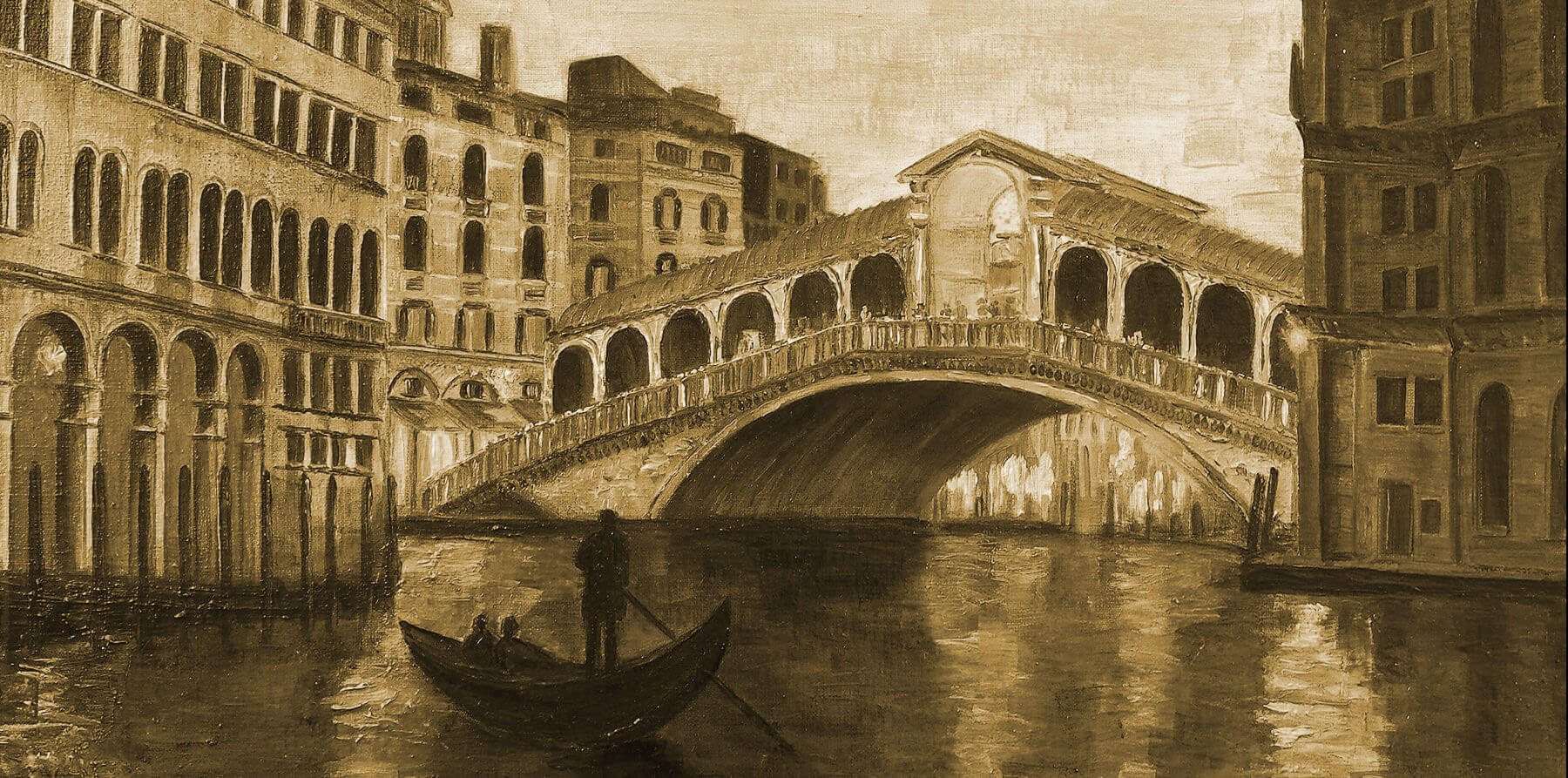More about The Starry Night
- All
- Info
- Shop

Sr. Editor
Vincent van Gogh cuts off (all or part of) his ear and paints one of the world's most beloved paintings.
After the disaster that was rooming with Paul Gauguin in the Yellow House in Arles, France and the whole ear incident (friends insist it was only a small portion while a certain art historian says that it was without a doubt his entire ear) Vincent decided it was time to get some professional help.
Van Gogh painted this from the east-facing window in his room at the Saint-Paul-de-Mausole lunatic asylum in Saint-Rémy-de-Provence. The asylum has since been renamed Clinique Van Gogh, how charming. Just think, we'll soon be able to visit Lindsay Lohan Rehab Center or perhaps the Philip Seymour Hoffman Recovery House.
This is definitely van Gogh's best-known work. Featured on everything from mousepads to ladies' underwear and bastardized by 'artists' using bacon or by adding batman to it. There are even entire Pinterest boards dedicated to different versions of this painting!
Here are a few other slightly more artistic and less parodied ways Starry Night inspired the masses:
- The song Vincent by Don McLean
- The Akira Kurosawa film Dreams (1990) features Martin Scorsese as Vincent who goes adventuring through his paintings with an art student.
- The film I am Legend (2007), featuring Will Smith as the art collecting and zombie-ass kicking Dr. Neville, shows some swanky digs with van Gogh's Starry Night and Road with Cypress and Star, a severely undersized Whistler's Arrangement in Grey and Black No. 1 (how they got it from the Musée d'Orsay I'll never know), Rousseau's Sleeping Gypsy, Keith Haring's Untitled (1981), Amadeo Modigliani's Portrait of Pardy, Mark Rothko's No. 3/No. 13 (Magenta, Black, Green on Orange), and Paul Cézanne's Still Life with Peaches and Pears hanging on the wall.
- In the poster for Woody Allen's art history loaded film Midnight in Paris (2011).
Check out this trippy video of an animation that lets you interact with the swirls and this equally weird gif/still image.
There's also a cool new bike path in Noord Brabant, where van Gogh was born and raised, that gets all sparkly at night.
Featured Content
Here is what Wikipedia says about The Starry Night
The Starry Night, often called simply Starry Night, is an oil-on-canvas painting by the Dutch Post-Impressionist painter Vincent van Gogh, painted in June 1889. It depicts the view from the east-facing window of his asylum room at Saint-Rémy-de-Provence, just before sunrise, with the addition of an imaginary village. It has been in the permanent collection of the Museum of Modern Art in New York City since 1941, acquired through the Lillie P. Bliss Bequest. Described as a "touchstone of modern art", The Starry Night has been regarded as one of the most recognizable paintings in the Western canon.
The painting was created in mid-June 1889, inspired by the view from Van Gogh’s bedroom window at the Saint-Paul-de-Mausole monastery. The monastery functioned as a mental asylum, where Van Gogh voluntarily admitted himself on May 8, 1889, following a mental breakdown and Van Gogh's infamous act of self-mutilation that occurred in late December 1888. Catering to wealthy patients, the facility was less than half full at the time of Van Gogh's admission, allowing the artist access to both a second-story bedroom and a ground-floor studio. During his year-long stay, he remained highly productive, creating Irises, a self-portrait, and The Starry Night.
The painting's celestial elements include Venus, which was visible in the sky at the time, though the moon’s depiction is not astronomically accurate. The cypress trees in the foreground were exaggerated in scale compared to other works. Van Gogh's letters suggest he viewed them primarily in aesthetic rather than symbolic terms. The village in the painting is an imaginary addition, based on sketches rather than the actual landscape seen from the asylum.
The Starry Night has been subject to various interpretations, ranging from religious symbolism to representations of Van Gogh’s emotional turmoil. Some art historians link the swirling sky to contemporary astronomical discoveries, while others see it as an expression of Van Gogh’s personal struggles. Van Gogh himself was critical of the painting, referring to it as a "failure" in letters to his brother. The artwork eventually made its way through several collectors before being acquired by the Museum of Modern Art in New York in 1941. Scientific analysis of the painting has confirmed Van Gogh’s use of ultramarine and cobalt blue for the sky, with indian yellow and zinc yellow for the stars and moon.
Check out the full Wikipedia article about The Starry Night
























I find this painting so interesting not just for its beauty and intriguing design, but for its background. Van Gogh began using pointillism later in his career as evident in this painting and his others. I find it very interesting that he actually painted this while in an asylum, as many know he struggled with mental illness almost his whole life. So I think this painting can be analyzed to have deeper meaning due to that. I medication that he was on at the time is Digoxin this is a medication still used today for congestive heart failure. This drug also has a very narrow therapeutic range, so this drug can easily reach toxic levels when not monitored. When this drug reached toxic levels a common side effect is blurred vision with yellow hues. So when looking at this painting I can't help but wonder if Van Goghs perception of the view out his window was influenced by his medication coupled with is use of pointillism, which then gave us this famous piece work.